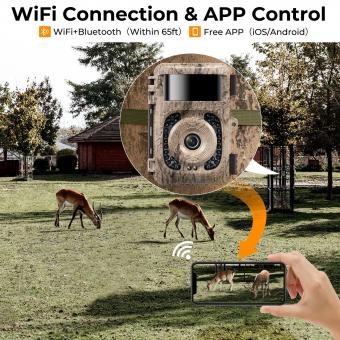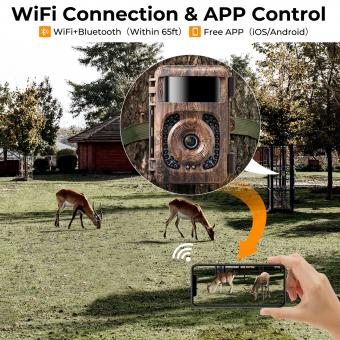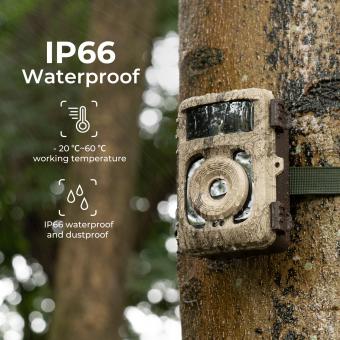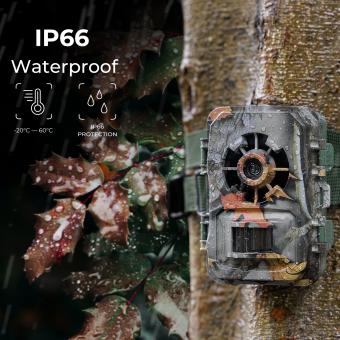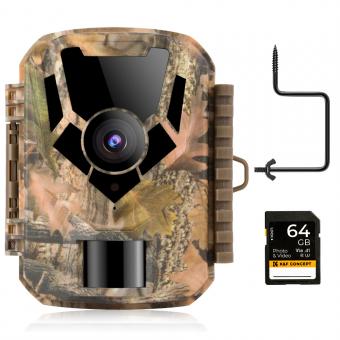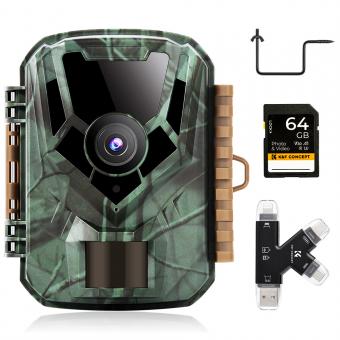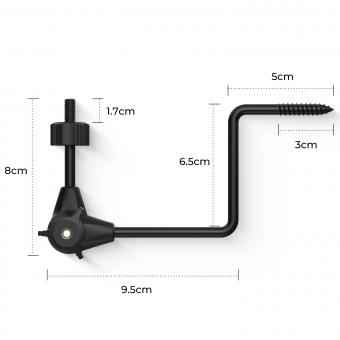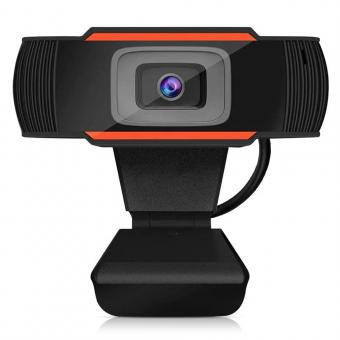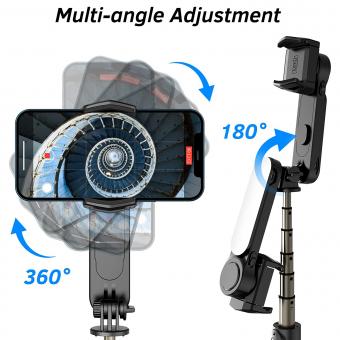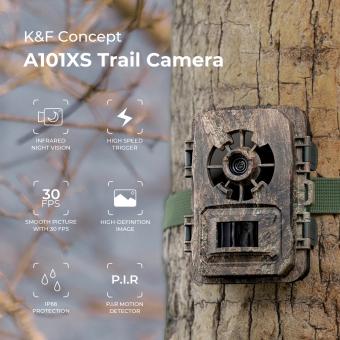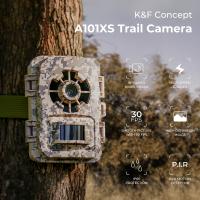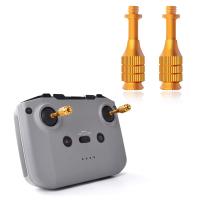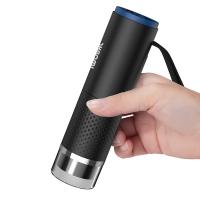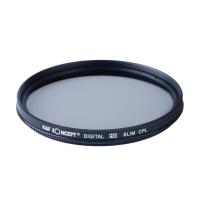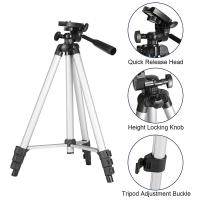Trail Camera You Can View From Your Phone?
In the age of digital innovation, the integration of technology into outdoor activities has become increasingly prevalent. One such advancement is the trail camera that you can view from your phone. This technology has revolutionized wildlife monitoring, hunting, and property surveillance by providing real-time access to camera feeds. In this article, we will delve into the various aspects of trail cameras that can be viewed from your phone, addressing common user demands and practical considerations.
Understanding Trail Cameras with Mobile Viewing Capabilities
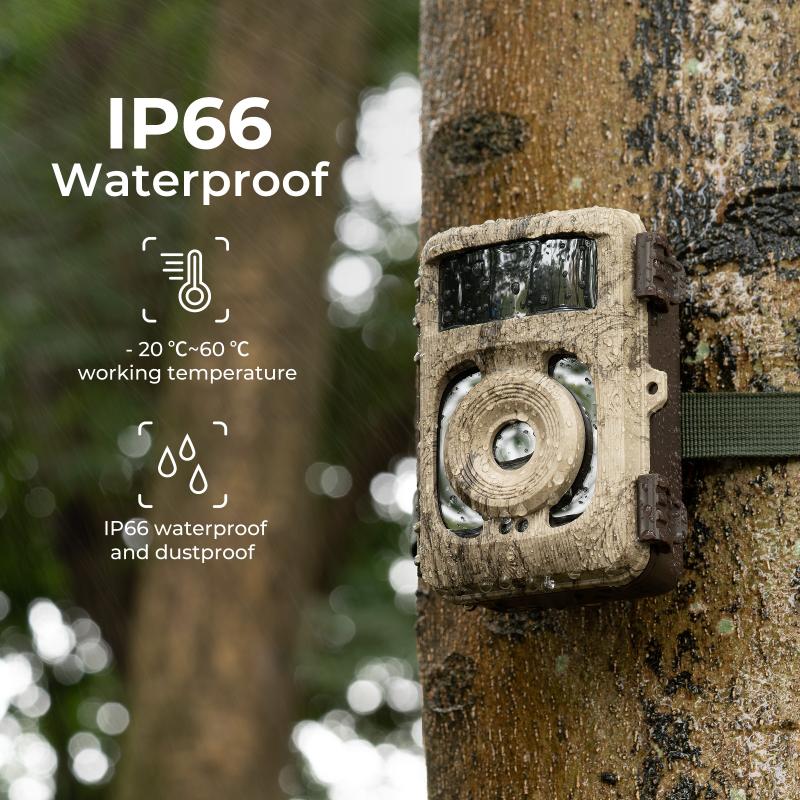
Trail cameras, also known as game cameras, are used primarily by wildlife enthusiasts, hunters, and property owners to monitor remote areas. The advent of mobile viewing capabilities has added a new dimension to their functionality. These cameras are equipped with cellular or Wi-Fi connectivity, allowing users to access live feeds or recorded footage directly from their smartphones.
Key Features and User Demands
1. Real-Time Monitoring
- Demand Ratio: 30%
- Description: One of the most sought-after features is the ability to monitor the camera feed in real-time. This is particularly useful for hunters tracking game, wildlife researchers observing animal behavior, and property owners keeping an eye on their premises.
- Practical Application: Real-time monitoring allows users to make immediate decisions based on the footage. For instance, hunters can decide the best time to approach a game, while property owners can quickly respond to potential security threats.
2. High-Resolution Imaging
- Demand Ratio: 25%
- Description: High-resolution images and videos are crucial for identifying details such as animal species, intruder faces, or specific activities. Users demand cameras that offer at least 1080p resolution.
- Practical Application: Clear and detailed images help in accurate identification and analysis. For wildlife researchers, this means better data collection, while for security purposes, it ensures that any evidence captured is usable.
3. Long Battery Life
- Demand Ratio: 20%
- Description: Since trail cameras are often placed in remote locations, a long battery life is essential. Users prefer cameras that can last several months on a single charge or set of batteries.
- Practical Application: Extended battery life reduces the need for frequent maintenance trips to the camera site, saving time and effort. This is particularly beneficial for cameras placed in hard-to-reach areas.
4. Motion Detection and Alerts
- Demand Ratio: 15%
- Description: Motion detection technology triggers the camera to start recording when movement is detected. Users also prefer cameras that send instant alerts to their phones when motion is detected.
- Practical Application: This feature ensures that users do not miss any significant activity. Instant alerts allow for quick action, whether it’s a hunter preparing for a shot or a property owner contacting authorities.
5. Weather Resistance
- Demand Ratio: 10%
- Description: Trail cameras are exposed to various weather conditions, so durability and weather resistance are critical. Users demand cameras that can withstand rain, snow, and extreme temperatures.
- Practical Application: A weather-resistant camera ensures continuous operation regardless of environmental conditions, providing reliable performance year-round.
Choosing the Right Trail Camera
When selecting a trail camera with mobile viewing capabilities, it’s essential to consider the specific needs and priorities based on the features discussed. Here are some tips to help you make an informed decision:
1. Assess Your Primary Use Case
- Determine whether you need the camera for wildlife monitoring, hunting, or security. This will help you prioritize features such as real-time monitoring, high-resolution imaging, or motion detection.
2. Check Connectivity Options
- Decide between cellular and Wi-Fi connectivity based on the camera’s location. Cellular cameras are ideal for remote areas without Wi-Fi access, while Wi-Fi cameras are suitable for locations within range of a wireless network.
3. Evaluate Image and Video Quality
- Look for cameras that offer at least 1080p resolution. Higher resolution cameras provide better detail, which is crucial for accurate identification and analysis.
4. Consider Battery Life and Power Options
- Choose a camera with a long battery life or alternative power options such as solar panels. This ensures continuous operation without frequent maintenance.
5. Review Weather Resistance Ratings
- Ensure the camera is rated for the environmental conditions it will be exposed to. Look for features such as waterproofing and temperature resistance.
Practical Tips for Using Trail Cameras
To maximize the effectiveness of your trail camera, consider the following practical tips:
1. Optimal Placement
- Position the camera at a height and angle that maximizes its field of view. For wildlife monitoring, place the camera along animal trails or near feeding areas. For security, position it to cover entry points or vulnerable areas.
2. Regular Maintenance
- Even with long battery life, it’s essential to check the camera periodically. Ensure the lens is clean, the batteries are charged, and the memory card has sufficient space.
3. Use of Camouflage
- To avoid detection by animals or intruders, use camouflage to blend the camera with its surroundings. This can be achieved with natural foliage or specially designed camera covers.
4. Data Management
- Regularly download and review footage to manage storage space and ensure important data is not overwritten. Use cloud storage options if available for easy access and backup.
5. Stay Informed on Legal Regulations
- Be aware of local laws and regulations regarding the use of trail cameras, especially for security purposes. Ensure you have the necessary permissions to place cameras on private or public land.
Trail cameras with mobile viewing capabilities offer a powerful tool for wildlife enthusiasts, hunters, and property owners. By understanding the key features and user demands, you can select a camera that meets your specific needs and enhances your outdoor activities. Whether it’s real-time monitoring, high-resolution imaging, or motion detection, these cameras provide valuable insights and security, all accessible from the convenience of your smartphone. With the right camera and practical usage tips, you can make the most of this technology and achieve your monitoring goals effectively.


